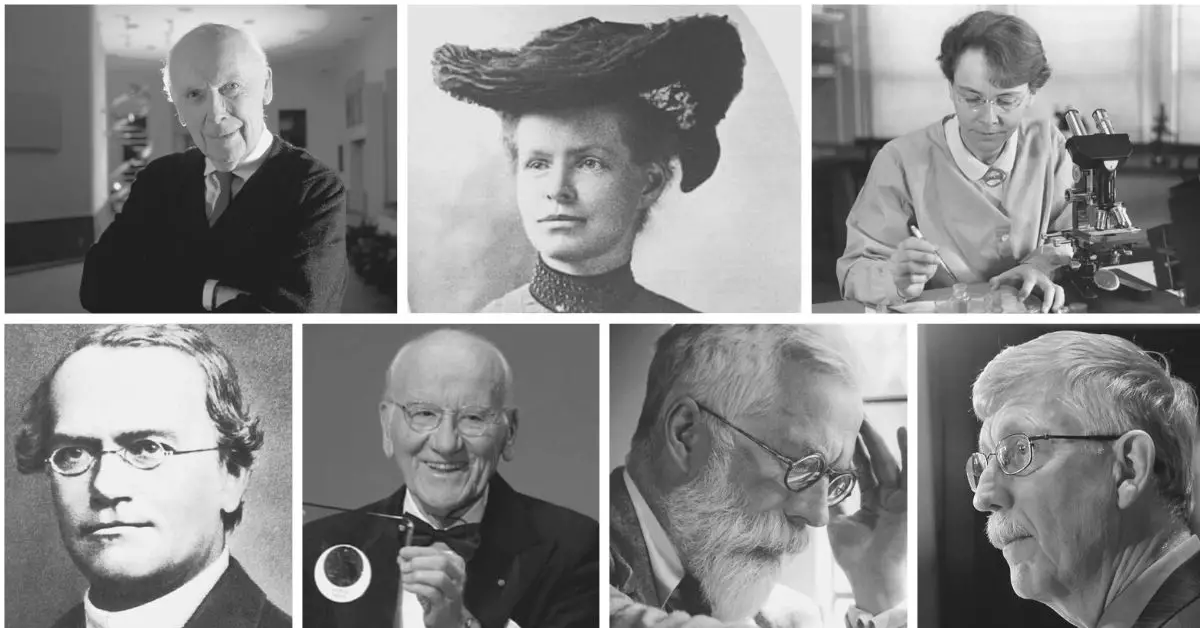To celebrate scientists and scientific advancements, we have collected a list of the most famous genetics scientists that will inspire us for the greater good.
You’ve heard of Gregor Mendel and his pea plants, but you may have no idea who he is. Aren’t you worried they will take an exam and not know about famous geneticists? Don’t be embarrassed. I’ve got you covered.
Our team researched and wrote an article to give you a brief history of these amazing people. Here is a condensed version of the information from the Nobel Prize publication, online libraries, videos, podcasts, and several biographies.
Let’s dive in!
Table of Contents
Famous Genetics Scientists
#32. M.S. Swaminathan (1925-present): The Father of Economic Ecology
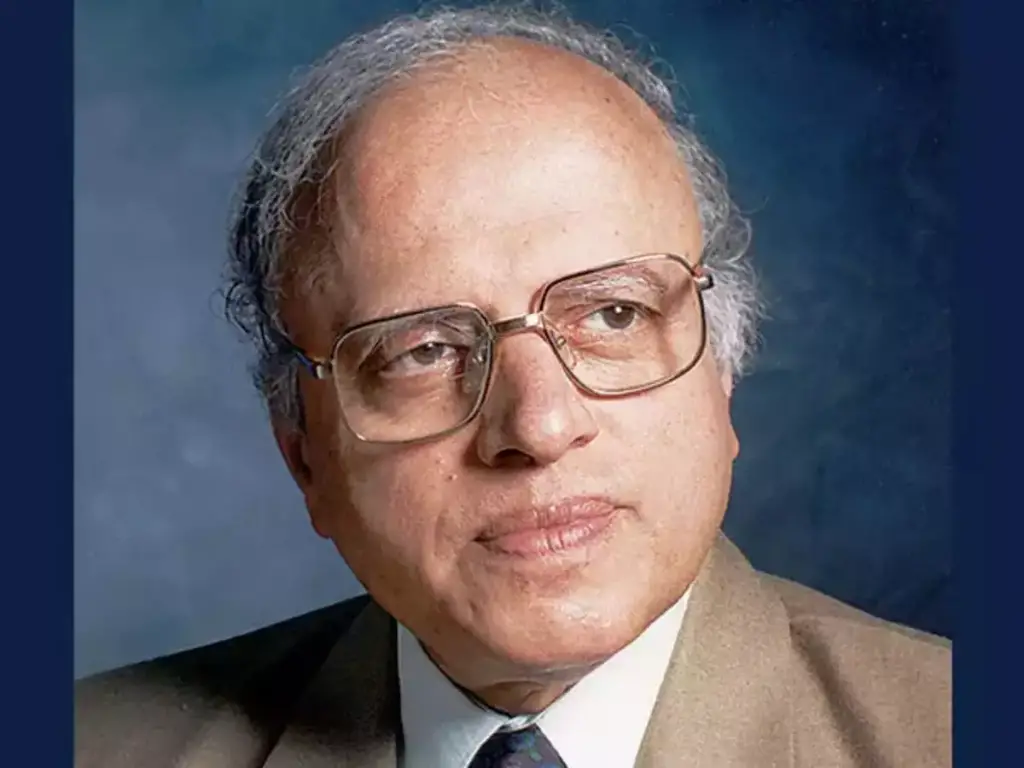
What makes M.S. Swaminathan famous?
M.S. Swaminathan was an agricultural scientist born in 1925 in Kumbakonam, India. He became one of India’s most important agricultural leaders, helping to pioneer the Green Revolution. He introduced high-yielding rice, potatoes, and wheat varieties to India.
Swaminathan also coined the “Evergreen Revolution” in 1990 after recognizing that India could achieve self-sufficiency in food production by combining high-yielding seeds with modern farming techniques.
He won the 1987 World Food Prize for his work on developing hybrid plant varieties, which has helped millions of people worldwide live better lives.
What’s the best M.S. Swaminathan quote?
“If conservation of the natural resources goes wrong, nothing else will go right.”
[Source: Encyclopedia Britannica]
#31. Oswald Avery (1877-1955): The Guy Who Shaped Our Understanding of DNA

What makes Oswald Avery famous?
It’s a common misconception that all great scientists are weird and antisocial, but that’s not entirely true. In fact, many of the most well-known scientists have been rather friendly.
One example is Oswald Avery, a physician born in Canada on October 21, 1877. He studied at Columbia University and spent a good percentage of his career at The Rockefeller Hospital in New York City.
One of his greatest accomplishments was publishing a paper in 1944 that suggested DNA was the material that contained chromosomes and genes. This paper earned him nominations for the Nobel Prize many times but did not win him the prestigious award.
[Source: Encyclopedia Britannica]
#30. George R. Price (1922-1975): A Pioneering Population Geneticist

What makes George R. Price famous?
George Robert Price was a population geneticist born in New York City on October 6, 1922. He studied at the University of Chicago. Price contributed to the Manhattan Project and IBM (International Business Machines Corporation before shifting to population genetics.
He is often credited with being the brain behind the Price Equation, which is an equation that describes gene flow within a population.
Price’s research focused primarily on how genes flow through populations. This was an area that had not been studied extensively. He believed evolution occurs more rapidly than previously thought possible because of this gene flow between populations.
Price also believed that evolution could occur without changes in gene frequency over time. This was a controversial position at the time but has since become widely accepted as valid by scientists worldwide.
[Source: Vox]
Similar Articles:
- 15 Famous Pacific Islander Scientists You Should Know
- 17 Famous Marine Scientists That You Should Know
- 30+ Famous Black Woman Scientists That You Should Know
#29. Luther Burbank (1849-1926): The Plants Wizard

What makes Luther Burbank famous?
Luther Burbank was a botanist known for revolutionizing agricultural science with his hybrid varieties of flowers, grasses, fruits, vegetables, and grains. He developed over 800 varieties of plants, including the Russet Burbank Potato—a variety that was popular in Ireland after the Great Famine.
Luther Burbank was born on March 7, 1849, in Massachusetts. In 1875, he traveled to California, where he started his nursery business in Santa Rosa. He had little success at first but eventually gained recognition for his work with plants and flowers, which led him to develop some of the world’s most popular varieties, such as the Shasta Daisy plant.
[Source: Encyclopedia Britannica]
https://www.youtube.com/watch?v=UEPMwLjR_So
#28. Theodosius Dobzhansky (1900-1975): One of The Central Figures in Genetics And Evolutionary Biology
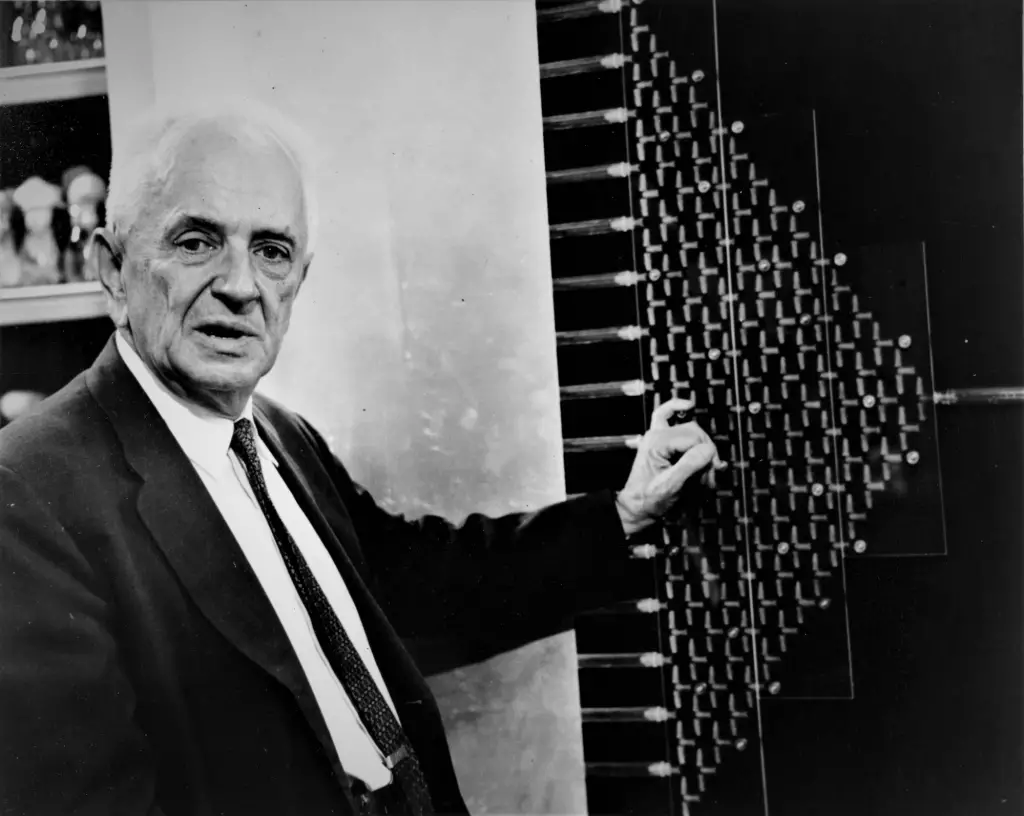
What makes Theodosius Dobzhansky famous?
If you want to talk about evolutionary biology and genetics, you’ll hear a lot about Theodosius Dobzhansky.
He was a Russian-born American evolutionary biologist and geneticist who studied entomology at Kyiv University in Ukraine. Do you know what else is in Ukraine? Chernobyl! Oh man, imagine getting your degree from a school just down the street from a nuclear disaster site. That would be so cool.
But anyway—Dobzhansky contributed greatly to modern synthesis, which involved harmonizing Charles Darwin’s ideas on evolution and Gregor Mendel’s heredity. He summarized his work in the book Genetics and the Origin of Species, which is still considered one of the most important texts on modern synthesis today.
Dobzhansky received both the Franklin Medal and the United States National Medal of Science for his work in biology.
[Source: Encyclopedia Britannica]
#27. Joshua Lederberg (1925-2008): The Man Who Discovered Mating in Bacteria
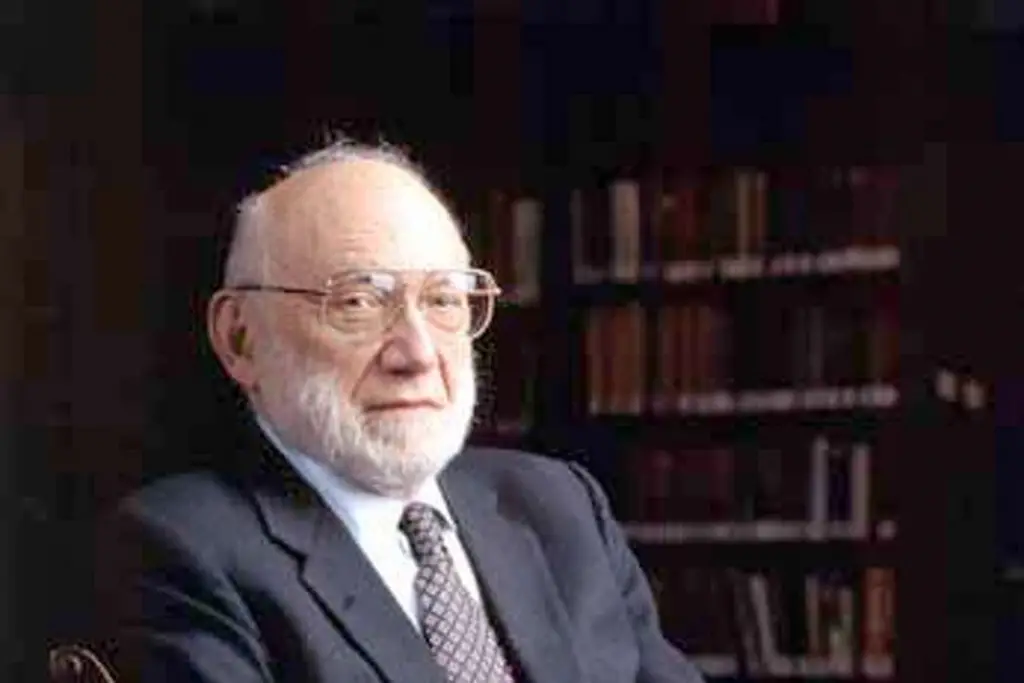
What makes Joshua Lederberg famous?
We all know that the world of science is full of incredible minds. Joshua Lederberg was one of the most intelligent biologists ever to walk the surface of Earth.
He was an expert in molecular biology who had an interest in microbial genetics. Lederberg was born in New Jersey on May 23, 1925. He studied at Columbia and Yale Universities before moving on to research genetics.
Lederberg is best known for discovering bacterial conjugation—the process by which bacteria transfer DNA from one cell to another during mating. This work earned him the 1958 Nobel Prize in Physiology or Medicine.
But besides biology, Lederberg was also interested in the search for extraterrestrial life. He, alongside several other astrobiologists, explored Mars to look for evidence of life.
[Source: Encyclopedia Britannica]
Similar Articles:
- 30+ Famous Biology Scientists That You Should Know
- 19 Famous Animal Scientists That You Should Know
- 15 Famous Black Computer Scientists That You Should Know
#26. John Maynard Smith (1920-2004): The British Engineer Who Pioneered Population Genetics

What makes John Maynard Smith famous?
John Maynard Smith was a British geneticist and evolutionary biologist born on January 6, 1920. He studied aeronautical engineering and served in World War II.
After the war, he returned to school and earned a degree in biology under J.B.S. Haldane.
Maynard Smith is best known for his contribution to many concepts in genetics and evolutionary biology, such as signaling theory and the evolution of sex. He worked alongside other prominent figures in genetics, including George Robert Price (who developed the Price equation).
[Source: National Library of Medicine]
#25. Hermann Joseph Muller (1890-1967): The Guy Who Explained Genetic Effects of Radiation

What makes Hermann Joseph Muller famous?
Hermann Joseph Muller was born in New York City on December 21, 1890. He attended Columbia University, where he studied under Thomas Hunt Morgan (who later won the Nobel Prize in Physiology or Medicine).
Muller’s research focused on radiation and its effects on genetics and physiology. He established that ionizing radiation causes mutations, which led to his work on using radiation for beneficial purposes. In 1946 he was awarded the Nobel Prize for his work exploring the effects of radiation on living organisms.
Muller was also concerned about the dangers of nuclear testing and nuclear war. He published an article warning people of the dangers of fallout from nuclear war—which is still relevant today as we continue to grapple with nuclear weapons testing and proliferation worldwide.
[Source: The Nobel Prize]
#24. Mario Capecchi (1937-Present): The Scientist Who Contributed To Our Understanding of Genes
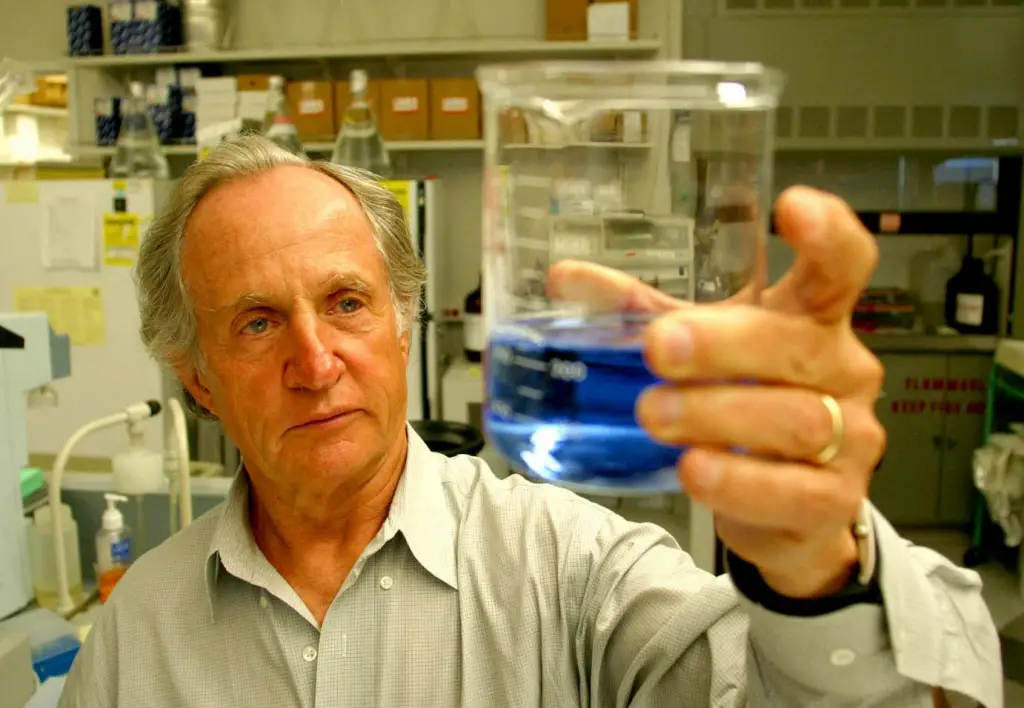
What makes Mario Capecchi famous?
Mario Capecchi is a Harvard-educated molecular geneticist born in Verona, Italy, on October 6, 1937. He currently teaches human genetics at the University of Utah.
Mario is best known for creating genetically improved mice, popular as the knockout mice. These mice were designed by having genes removed or added to them. This allowed researchers to study cell function and cause disease in ways that were not possible before.
In 2007, Mario shared the Nobel Prize in Physiology or Medicine with Oliver Smithies and Martin Evans for his work on genetically modified animals.
[Source: The Nobel Prize]
Similar Articles:
- 20+ Famous Astronomy Scientists That You Should Know
- 17 Famous Greek Scientists That You Should Know
- 30+ Famous Atheist Scientists That You Should Know
#23. Michael W. Young (1949-Present): The Guy Who Explained Sleep Cycles in Animals
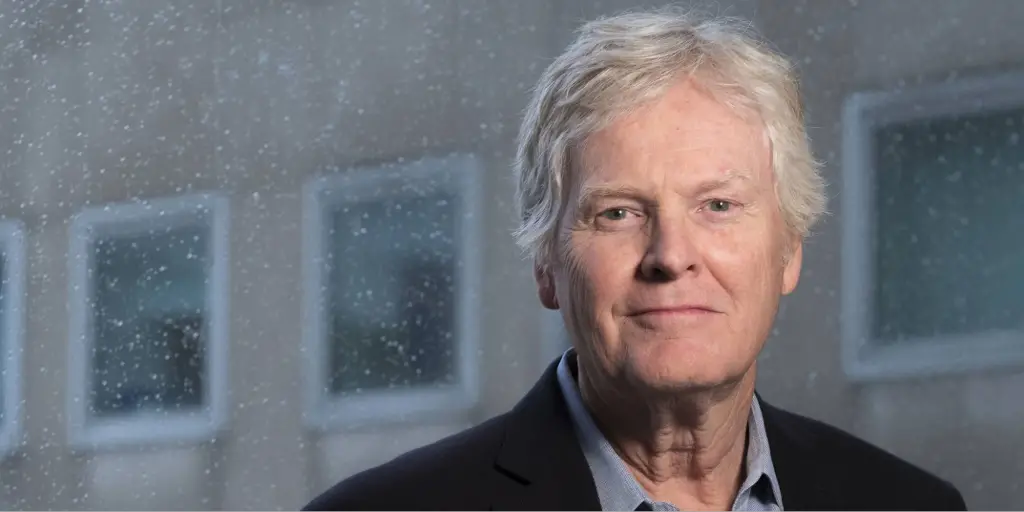
What makes Michael W. Young famous?
Michael W. Young is a geneticist born in Miami, Florida, on March 28, 1949. He graduated with a P.h.D. in genetics from the University of Texas in 1975 and continued his research at Rockefeller University.
Young’s research focussed on circadian rhythms, particularly the internal clock responsible for regulating this process. This led him to co-discover period genes and their role in regulating sleep cycles. The discovery earned him the 2017 Nobel Prize in Physiology or Medicine alongside Michael Rosbash and Jeffrey C. Hall.
Young’s other notable contributions include identifying genes responsible for circadian rhythms, such as double-time and timeless genes.
[Source: Encyclopedia Britannica]
#22. Marshall W. Nirenberg (1927-2010): The Guy Who Solved The Genetic Code

What makes Marshall W. Nirenberg famous?
Marshall W. Nirenberg is an expert in biochemical genetics. Born in New York City on April 10, 1927, he received his P.h.D. education from the University of Michigan. This scientist went on to become one of the most important pioneers in the field of genetics in the 20th century.
Nirenberg is best known for decoding the genetic code and explaining its role in protein synthesis. This is a process by which cells use genetic information to produce proteins. He received the 1968 Nobel Prize in Physiology or Medicine alongside Robert W. Holley and Har Gobind Khorana for their work on genetics.
Nirenberg’s work led to further breakthroughs on how cells operate at a molecular level. Scientists learned how proteins are synthesized from DNA instructions encoded within their genes.
[Source: The Nobel Prize]
#21. Philip Allen Sharp (1944-Present): The Co-Discoverer of RNA Splicing

What makes Philip Allen Sharp famous?
Philip Allen Sharp is a molecular biologist and geneticist. He was born on June 6, 1944, in Kentucky. After receiving his P.h.D. from the University of Illinois at Urbana-Champaign, he worked as a professor at the Massachusetts Institute of Technology.
Sharp is known for his research into RNAs (a type of nucleic acid), especially their splicing mechanisms. This is the process by which they are modified to remove non-coding regions before they are translated into proteins. In 1993 he shared the Nobel Prize in Physiology or Medicine jointly with Sir Richard J. Roberts for their work on genetics.
[Source: The Nobel Prize]
Similar Articles:
- 16 Famous Scientists With Learning Disabilities That You Should Know
- 30 Famous Medical LaBraWithry Scientists That You Should Know
- 17 Famous Electrical Scientists That You Should Know
#20. Reginald Punnett (1875-1967): The Developer Of Punnett Square in Biology
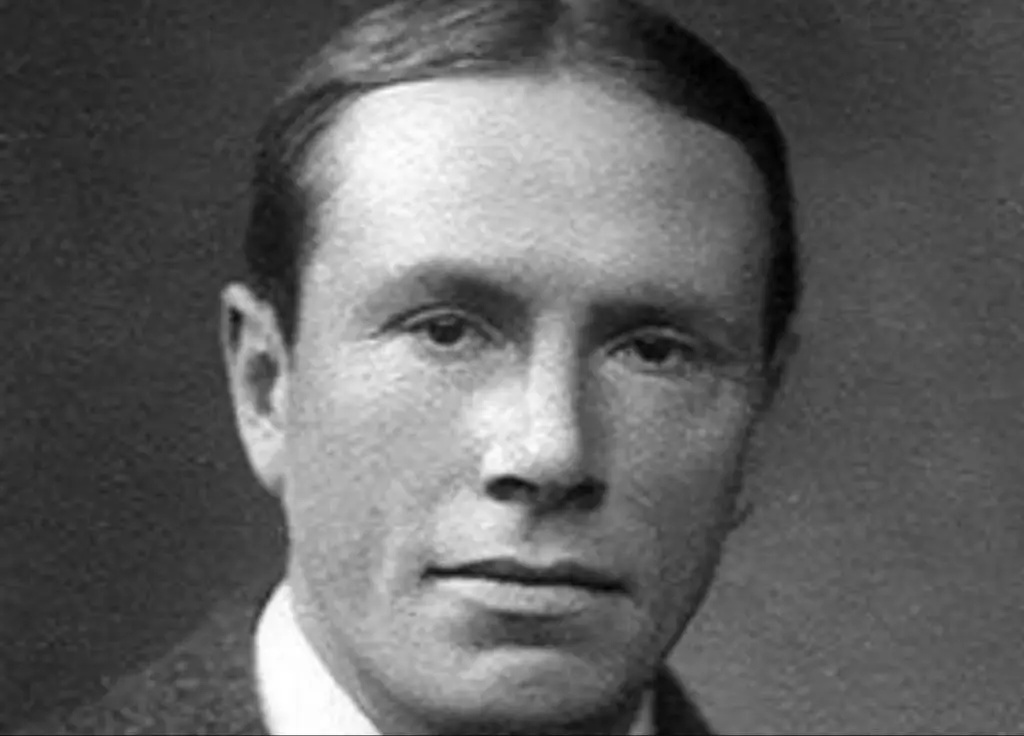
What makes Reginald Punnett famous?
Reginald Punnett was a British geneticist born in Kent, England, on June 20, 1875. He was best known for creating the Punnett Square. Biologists widely use this tool to determine the genotypes of offspring.
Punnett Square is a way to calculate the probability of each possible outcome when crossing two different types of plants or animals. It can predict whether an offspring will have dominant or recessive genes and which trait will be expressed.
Punnett established one of the oldest scientific journals, the Journal of Genetics, alongside William Bateson.
In addition to his scientific work, Punnett also taught people about genetics through his book Mendelism. This book was written for non-specialists and was designed to teach them how genetics works to apply in everyday life when raising families or working with plants or farm animals.
[Source: Encyclopedia Britannica]
#19. Matthew Meselson (1930-Present): The Co-Discoverer of Messenger RNA

What makes Matthew Meselson famous?
Matthew Meselson was a classic old-school scientist. He was born in Denver, Colorado, on May 24, 1930. Meselson studied at the California Institute of Technology, where he studied under Linus Pauling.
His most famous work was his demonstration of semiconservative replication. This model showed how DNA is copied during cell division. He did this with the help of another famous scientist named Frank Stahl.
Meselson, Sydney Brenner, and François Jacob’s findings led to the discovery of messenger RNA. This opened up an entirely new field of research into how genes are expressed.
He also contributed to our understanding of how bacteria and viruses evolve resistance to antibiotics by using restriction enzymes.
Meselson has always been a vocal critic of biological warfare. He served on President Nixon’s Special Commission on Biological Weapons and testified before Congress about banning such weapons.
[Source: Encyclopedia Britannica]
#18. Walton Sutton (1877-1916): The 20th Century Scientist Who Explained Genetics At A Time When Knowledge On The Topic Was Scarce
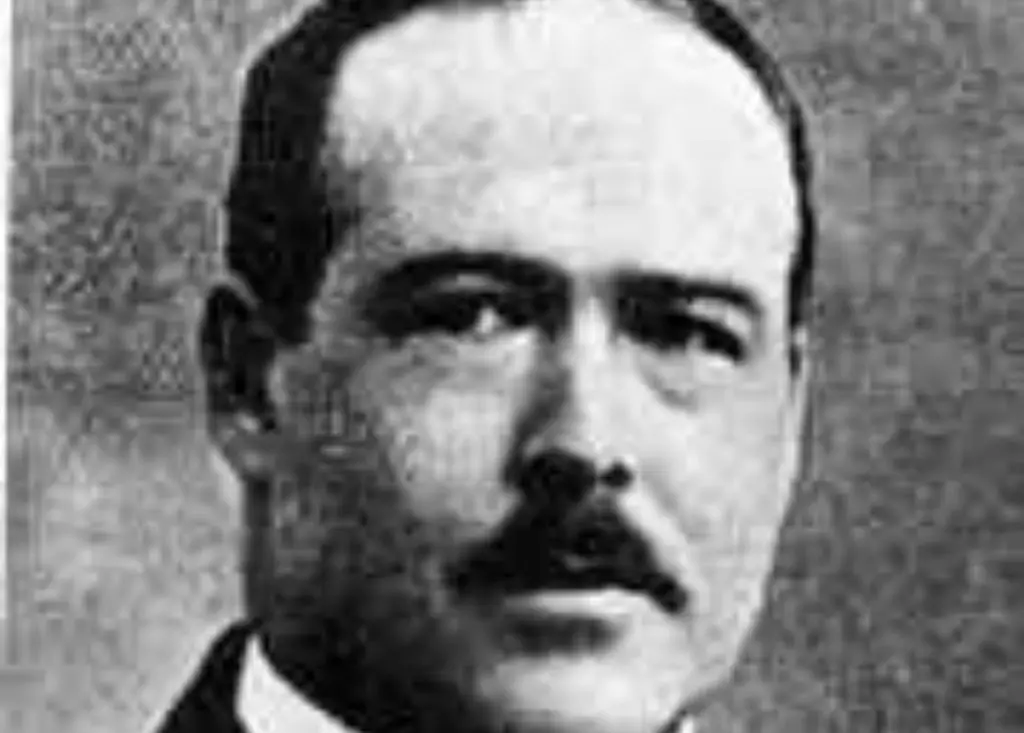
What makes Walton Sutton famous?
You probably have a lot of questions about yourself. Who are your parents? Where did they come from, and what are they like? What makes you different from other people?
Unfortunately, most of us will never know the answers to these questions. But this man Walton Sutton tried to explain this when only a few people knew about the DNA.
He was an American physician and geneticist born in New York City on April 5th, 1877. Sutton is best known for his ideas on genetics which are now famous as the Boveri-Sutton chromosome theory.
This concept explained chromosomes using the Mendelian approach to genetics. It formed our modern understanding of how DNA works in cells today.
[Source: Encyclopedia Britannica]
#17. Carol W. Greider (1961-Present): The Lady Who Pioneered Studies On The Structure of Chromosomes

What makes Carol W. Greider famous?
Carol W. Greider is a molecular biologist born in San Diego, California, on April 15, 1961. She is best known for being the first to discover the enzyme telomerase, which plays a significant role in helping cells divide and grow.
Greider pioneered the study of chromosomes, particularly the structure of telomeres. She also worked on how chromosomes are protected from degradation when not needed by packaging them into tight coils called condensed chromosomes.
In 2009 she shared the Nobel Prize in Physiology or Medicine with Jack W. Szostak and Elizabeth Blackburn. They were awarded for discovering how telomeres and telomerase protect chromosomes during cell division and other processes that cause erosion of DNA.
Greider is currently a professor at the University of California Berkeley.
[Source: The Nobel Prize]
#16. Jack W. Szostak (1952-Present): A Pioneer Biologist
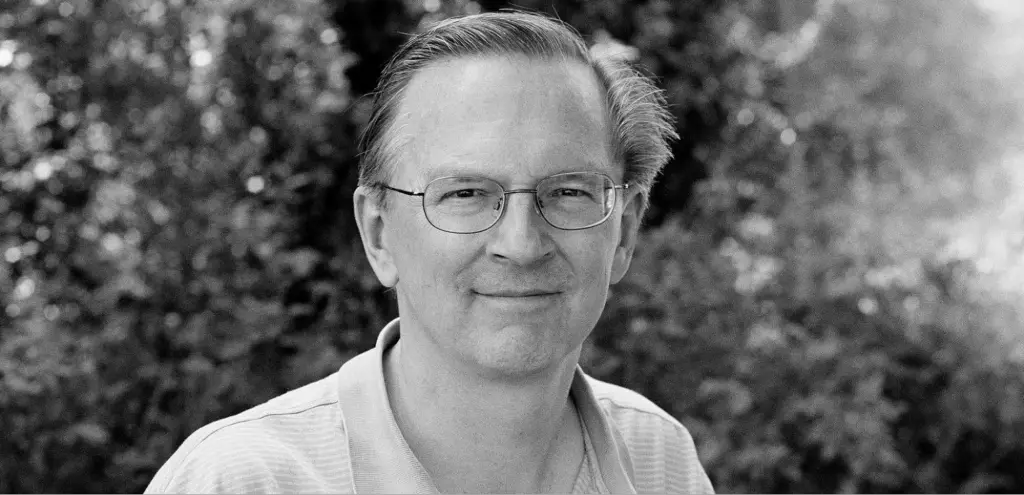
What makes Jack W. Szostak famous?
There’s no doubt that Jack W. Szostak is one of the most influential biologists of our time. As a Canadian-American biologist of Polish and British descent, this guy has done some serious work in the field of genetics.
He studied at Cornell University and graduated with a P.h.D. in biochemistry before going on to become a professor at Brandeis University, where he taught for many years.
Szostak is best known for his work that pioneered gene manipulation, which revolutionized the Human Genome Project. He earned a Nobel Prize alongside Carol W. Greider and Elizabeth Blackburn in 2009. His ideas have changed how we look at science forever—and they will continue changing it for years to come.
[Source: The Nobel Prize]
#15. Sir Ian Wilmut (1944-Present): The Lead Scientist in The Team That Created Dolly-the sheep

What makes Sir Ian Wilmut famous?
Sir Ian Wilmut is a world-renowned scientist who’s best known for his work as a lead scientist in the cloning of the Finnish Dorset sheep, Dolly. His group cloned this sheep from adult somatic cells, a first for scientists.
Wilmut’s research has been focused on understanding how genes control embryonic development. His work has focused on the processes by which early embryos can differentiate into specialized cell types that go on to form different organs and tissues within an organism.
This Cambridge-educated scientist shared the Shaw Prize for Medicine and Life Sciences with Shinya Yamanaka and Keith Campbell. He also received The Most Excellent Order of The British Empire, OBE, in 1999 and knighthood in 2008.
[Source: Encyclopedia Britannica]
#14. George Wells Beadle (1903-1989): The Guy Who Contributed To Our Understanding of The Roles of Genes

What makes George Wells Beadle famous?
If you’ve ever wondered why geneticists wear lab coats, it’s because they’re trying to recreate the look of George Wells Beadle.
Okay, that’s not true. But he was indeed a geneticist, and he did wear a lab coat.
George Wells Beadle was an American geneticist born in Nebraska on October 22, 1903. He earned his bachelor’s degree from the University of Nebraska and his P.h.D. from Cornell University.
Beadle’s research focused on how genes control biochemical reactions in living cells. He is best known for his work with Edward Tatum to develop the one gene-one enzyme hypothesis.
This hypothesis states that each enzyme has a specific gene that controls it. The concept explains why mutations in specific genes could result in a deficiency of enzymes needed for certain biochemical reactions.
In 1958, Beadle was awarded the Nobel Prize in Physiology or Medicine alongside Edward Tatum “for their discovery of the functions of genes in biochemical reactions.”
[Source: The Nobel Prize]
#13. Alfred Sturtevant (1891-1970): The Scientist Who Developed The First Genetic Map
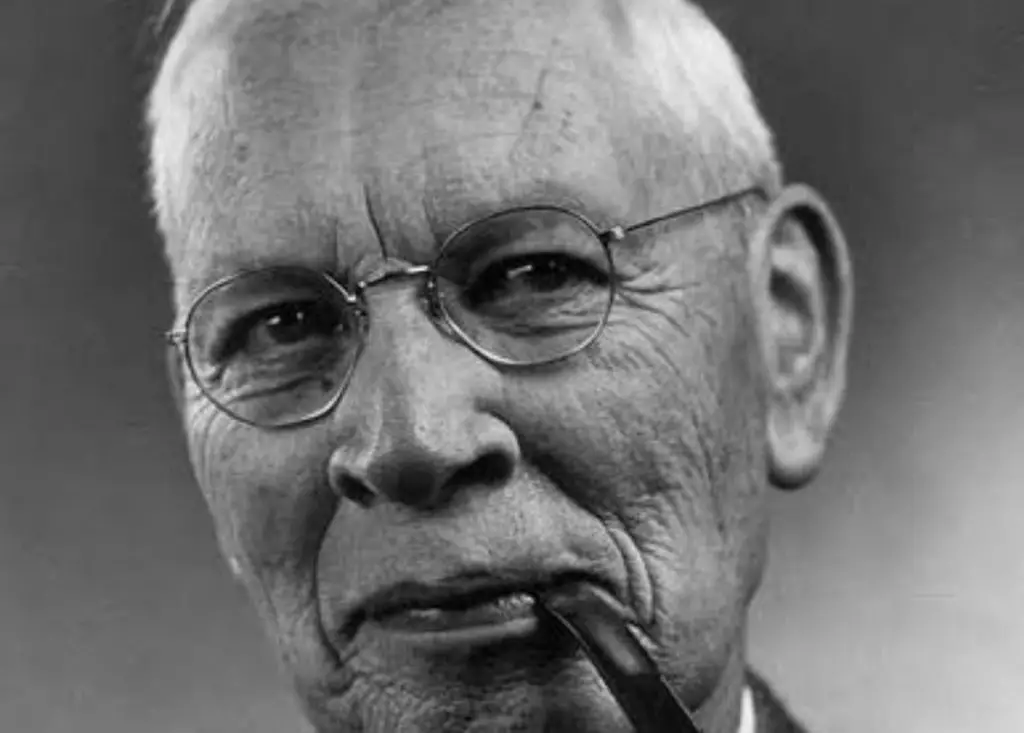
What makes Alfred Sturtevant famous?
Alfred Sturtevant, born on November 21, 1891, in Illinois, US, was an American geneticist. He was the recipient of the National Medal of Science in 1967.
Sturtevant studied at Columbia University. He worked under Thomas Hunt Morgan. During this time, he developed his interest in genetics and began working with Drosophila melanogaster (a type of fruit fly).
Sturtevant later published his research on the first genetic map. His findings were revolutionary because they showed that genes were located on chromosomes rather than being distributed throughout a cell’s nucleus, as previously believed.
[Source: Encyclopedia Britannica]
#12. Janet Rowley (1925-2013): The Lady Who Discovered The Cause of Cancer
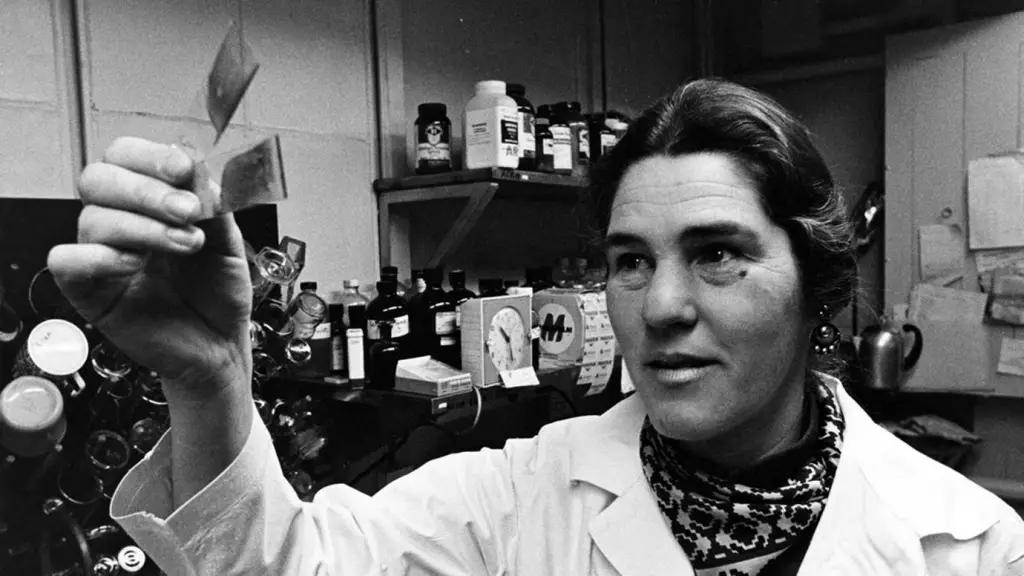
What makes Janet Rowley famous?
Janet Rowley was a human geneticist born in New York City on April 5, 1925. She received her bachelor’s and master’s degrees from the University of Chicago.
Rowley is known for her work on leukemia. She discovered that leukemia is actually caused by chromosomal translocation. This process occurs when chromosomes break apart and rejoin in a different order than they were initially supposed to.
Rowley was awarded the National Medal of Science in 1998 and the Presidential Medal of Freedom by President Barack Obama in 2009 for her contributions to genetics research.
Her research was so groundbreaking that it helped establish the field of molecular genetics and its connection to cancer development.
[Source: Changing the face of Medicine]
#11. Andrew Z. Fire (1959-Present): The Scientist Who Contributed To The Discovery of RNA Interference
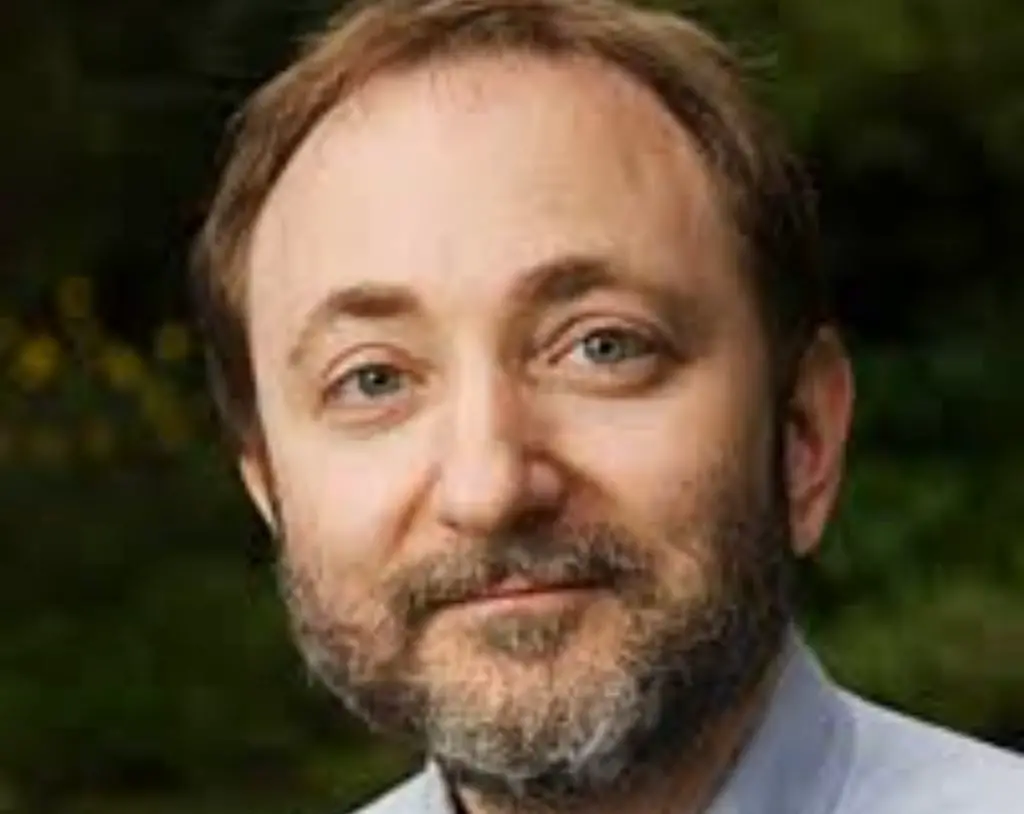
What makes Andrew Z. Fire famous?
Andrew Z. Fire is an American biologist and former student of Philip Sharp, who won the Nobel Prize in 2006 for his work on RNA interference.
He co-discovered RNA interference (RNAi), which works by silencing genes that are not being expressed properly. Fire shared half of his Nobel Prize with Craig C. Mello.
Andrew Z. Fire is also known for his role in developing methods that allow scientists to manipulate genes by using RNA as a molecular tool rather than DNA.
His research has helped unravel many mysteries about how cells regulate their activities. This includes how they respond to infection or control development throughout life stages.
[Source: The Nobel Prize]
#10. Thomas Hunt Morgan (1866-1945): The Nobel Laureate & An Expert in Heredity

What makes Thomas Hunt Morgan famous?
Thomas Hunt Morgan was an American geneticist and evolutionary biologist best known for his work on the fruit fly. He laid the foundation of modern genetics.
Morgan was born in Kentucky, USA, on September 25, 1866, and studied at Johns Hopkins University, earning his P.h.D. His research focused on understanding the mechanisms of heredity as well as how genes are passed from one generation to another.
This finding led him to discover that chromosomes contain genes and that each chromosome carries only one kind of gene pair (a dominant and recessive gene).
Morgan also found that genes are arranged in a linear fashion along chromosomes and that they can be inherited together or independently. In 1933, Morgan received the Nobel Prize in Physiology or Medicine for his work on chromosomes and their function in heredity.
[Source: Encyclopedia Britannica]
#9. Anne McLaren (1927-2007): The Lady Who Pioneered In Vitro Fertilization
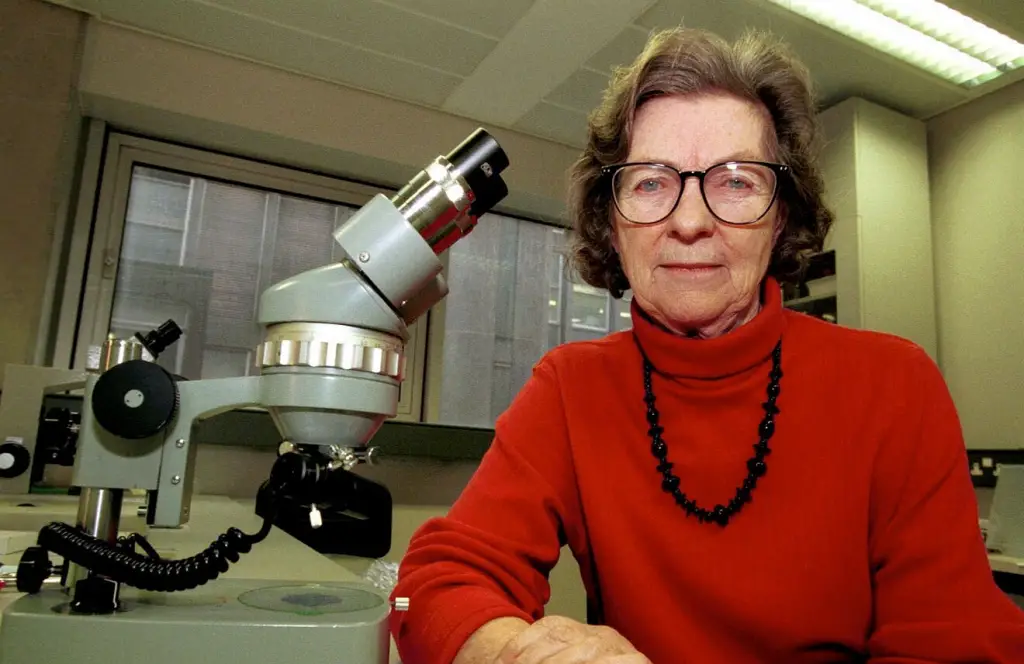
What makes Anne McLaren famous?
Anne McLaren was a British geneticist born in England on April 26, 1927. She studied at Oxford University.
McLaren is best known for her groundbreaking research in developmental biology. Her most notable contribution to science was the discovery of the role played by DNA in embryonic cell differentiation and development. This work gave rise to in vitro fertilization (IVF), which has successfully helped people to have children.
McLaren received the Royal Prize and became a fellow at the Royal Society for her work in science.
[Source: Encyclopedia Britannica]
#8. J.B.S. Haldane (1892-1964): One of The Fathers of Medical Genetics
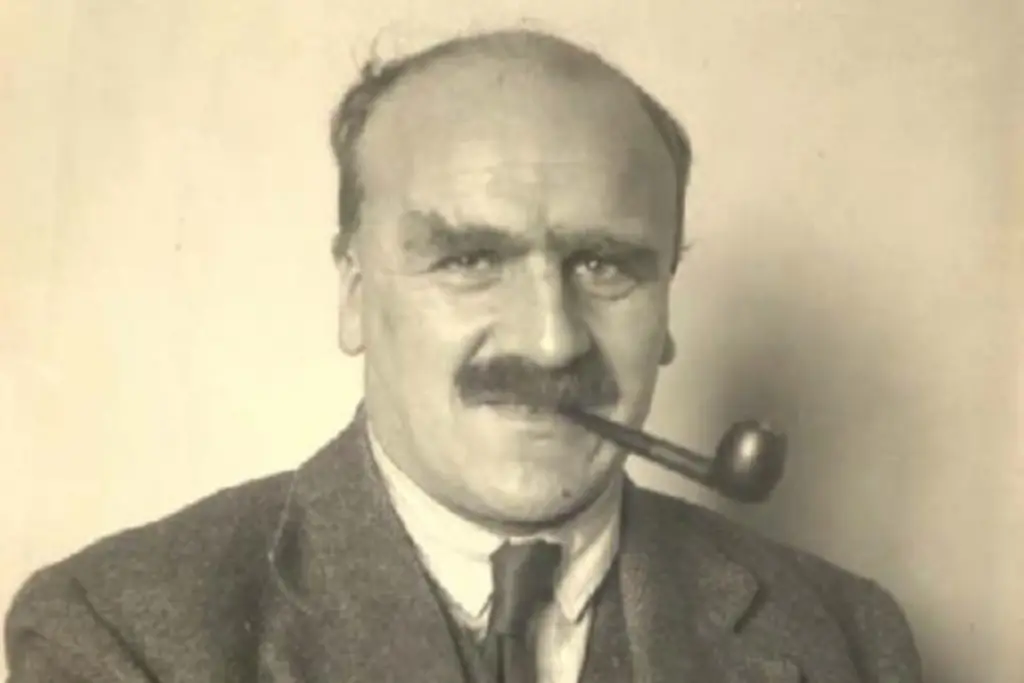
What makes J.B.S. Haldane famous?
John Burdon Sanderson Haldane was born in Oxford, England, on November 5, 1892, to a Scottish father and mother.
He began his career in Britain before moving to India to work for the government. Haldane is known for developing gene maps for color blindness and hemophilia on the X chromosome.
Besides pioneering in vitro fertilization, he was also one of the first people to suggest that sickle cell disease is responsible for some level of immunity against malaria.
Haldane also described gene linkage in mammals. This is the idea that certain traits are inherited together because they have been passed down by genes that are located close together on chromosomes.
Haldane’s revolutionary work in genetics led him down a path toward a better understanding of evolution itself. He saw this quest as necessary to understand how humans fit into the world around them.
His research was also integral in developing new medical treatments that helped millions worldwide who today suffer from hereditary diseases like hemophilia or blood cancer.
What’s the best J.B.S. Haldane quote?
“This is my prediction for the future: whatever hasn’t happened will happen, and no one will be safe from it.”
[Source: Encyclopedia Britannica]
#7. Francis Collins (1950-present): The Award-Winning Physician & Geneticist Who Rose to Be The Lead Scientist in The Human Genome Project

What makes Francis Collins famous?
Francis Collins is one of the world’s most brilliant scientists. He was born in Staunton, Virginia, and attended the University of Virginia and Yale University, where he received a Doctorate in physical chemistry. He then went on to earn a medical degree from the University of North Carolina in 1977.
Collins is best known for his work on the Human Genome Project. He also served as the director of the National Health Institute, a position he held for more than 13 years.
His contribution to medicine was the identification of the genes that cause Huntington’s disease and cystic fibrosis. He received the National Medal of Science and the Presidential Medal of Freedom for his genetics research.
Francis Collins, who was an atheist, converted to Christianity after being convinced by a patient.
What’s the best Francis Collins quote?
“One of the greatest tragedies of our time is this impression that has been created that science and religion have to be at war.”
[Sources: The New Yorker, The White House]
#6. Ronald Fisher (1890-1962): The Greatest of Darwin’s Successors
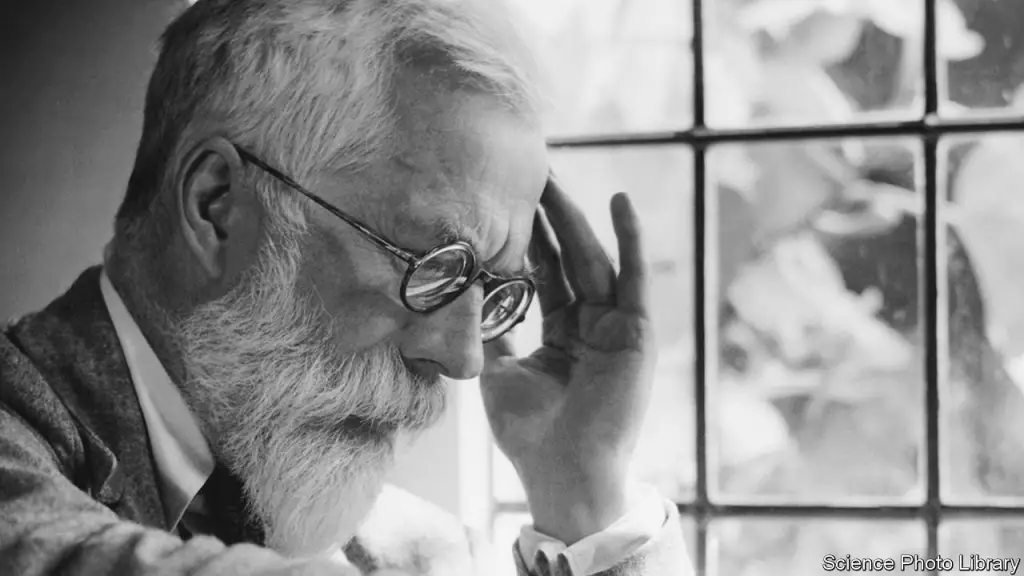
What makes Ronald Fisher famous?
In the early 1900s, Charles Darwin was still a hot topic. His theory of evolution was a huge success, but he was no longer around to defend it. Who would carry on his work?
That’s when American geneticist and statistician Ronald Fisher came along. Born in London, England, on February 17, 1890, Fisher studied at the University of Cambridge and became one of the most famous scientists in history.
Fisher revised Charles Darwin’s evolution theory with his “Fisherian” model of natural selection that considered genetics and statistics.
He also supported eugenics. This is the idea that genetically superior people should be encouraged to reproduce more often than those who are not. It may seem odd for a scientist to advocate in this day and age, but it wasn’t back then.
What’s the best Ronald Fisher quote?
“The more highly adapted an organism becomes, the less adaptable it is to any change.”
[Source: Encyclopedia Britannica]
#5. Victor A. McKusick (1921-2008): Father of Modern Genetics
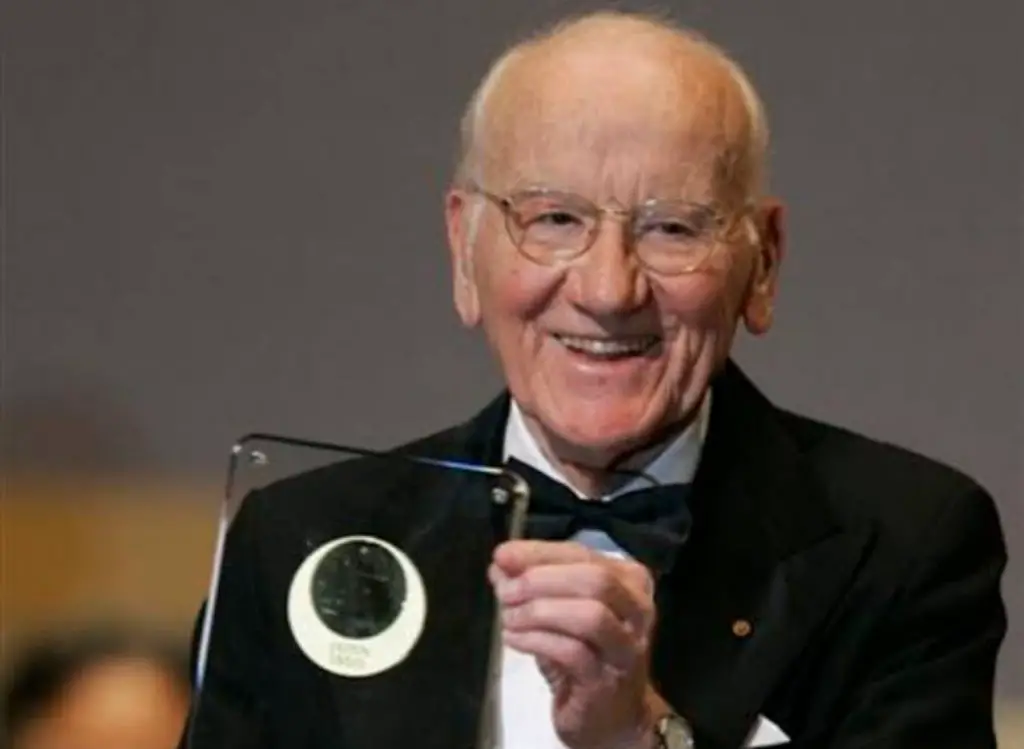
What makes Victor McKusick famous?
It’s good that Victor McKusick is known for many things because if it weren’t for this geneticist, we’d never have known many things about the human genome.
The American geneticist is best famous for mapping the human genome. He also wrote the original version of Mendelian Inheritance in Man.
This book became the foundation of our understanding of genetics. His support of mapping human genomes was critical because it led to our current understanding of how genes work within our bodies.
[Source: Encyclopedia Britannica]
#4. Gregor Mendel (1822-1884): The Father of Genetics
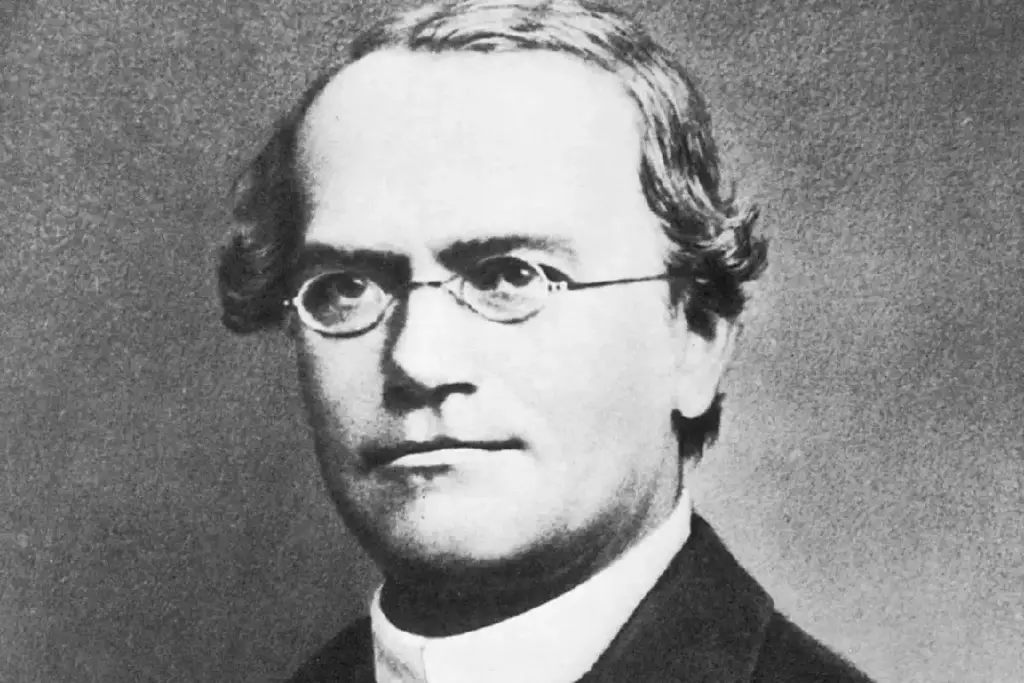
What makes Gregor Mendel famous?
Gregor Mendel, an Austrian botanist, is best known for his work on plant genetics. He discovered the fundamental principles of heredity and contributed to evolutionary biology and genetics.
Mendel was a Christian Science practitioner. In fact, it was his faith that inspired him to study plants.
[Source: Encyclopedia Britannica]
#3. Barbara McClintock (1902-1992): The Person Who Discovered Transposition of Genetic Markers
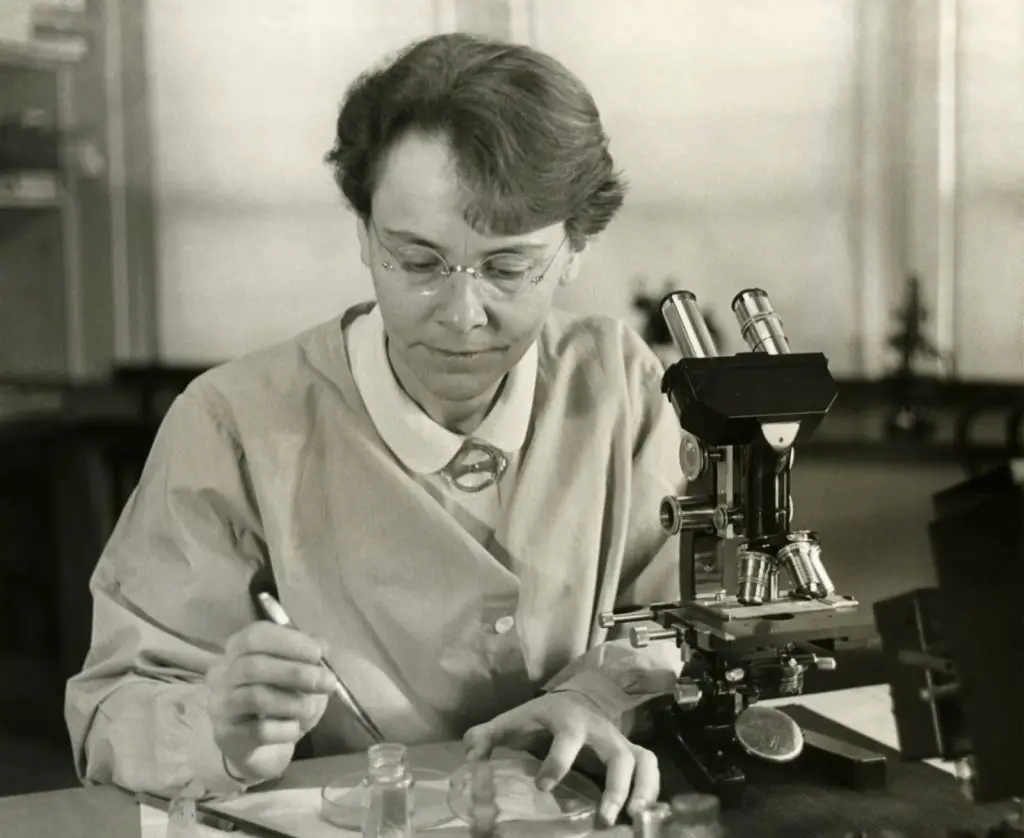
What makes Barbara McClintock famous?
Barbara McClintock was an American-born scientist who studied the genetics of corn plants and was the first to map their chromosomes.
McClintock is well-known for her discovery of the transposition of genetic markers, which she identified after noticing that genes in maize could be moved around on chromosomes. This discovery was revolutionary at the time because it helped the scientific community understand how cells functioned and made them realize that genes could move around during development.
Barbara McClintock was the recipient of the Nobel Prize in Physiology or Medicine (1983) and several other awards.
What’s the best Barbara McClintock quote?
“I never thought of stopping, and I just hated sleeping. I can’t imagine having a better life.”
[Sources: The Nobel Prize, Barbara McClintock]
#2. Nettie Stevens (1861-1912): The Lady Who Discovered Sex Chromosomes
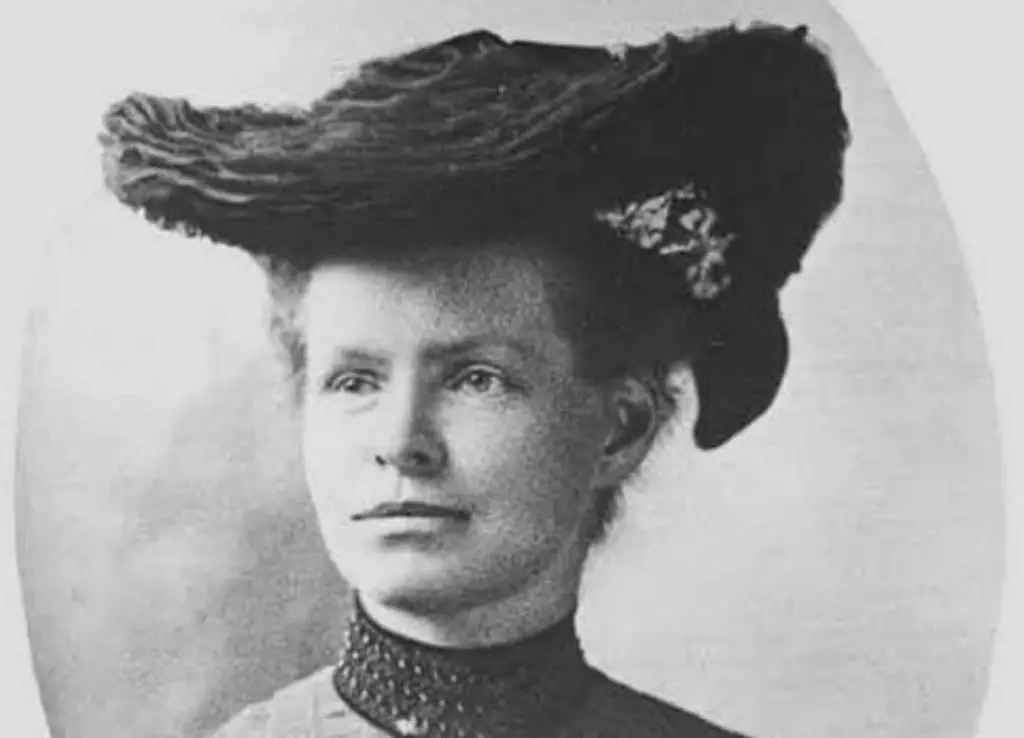
What makes Nettie Stevens famous?
Nettie Stevens was an American geneticist born in Vermont on July 7, 1861. She studied at Westford Academy in Massachusetts and Stanford University. After graduating, Stevens proceeded to Bryn Mawr College, earning her P.h.D.
Stevens is best known for discovering the X and Y sex chromosomes—those little guys that determine whether you’re a girl or a boy.
This discovery helped us understand how different parts of our bodies develop differently depending on gender. It’s also why we know more today about how genetics affects us.
[Source: Encyclopedia Britannica]
#1. James D. Watson ( 1928-Present): Father of DNA Research
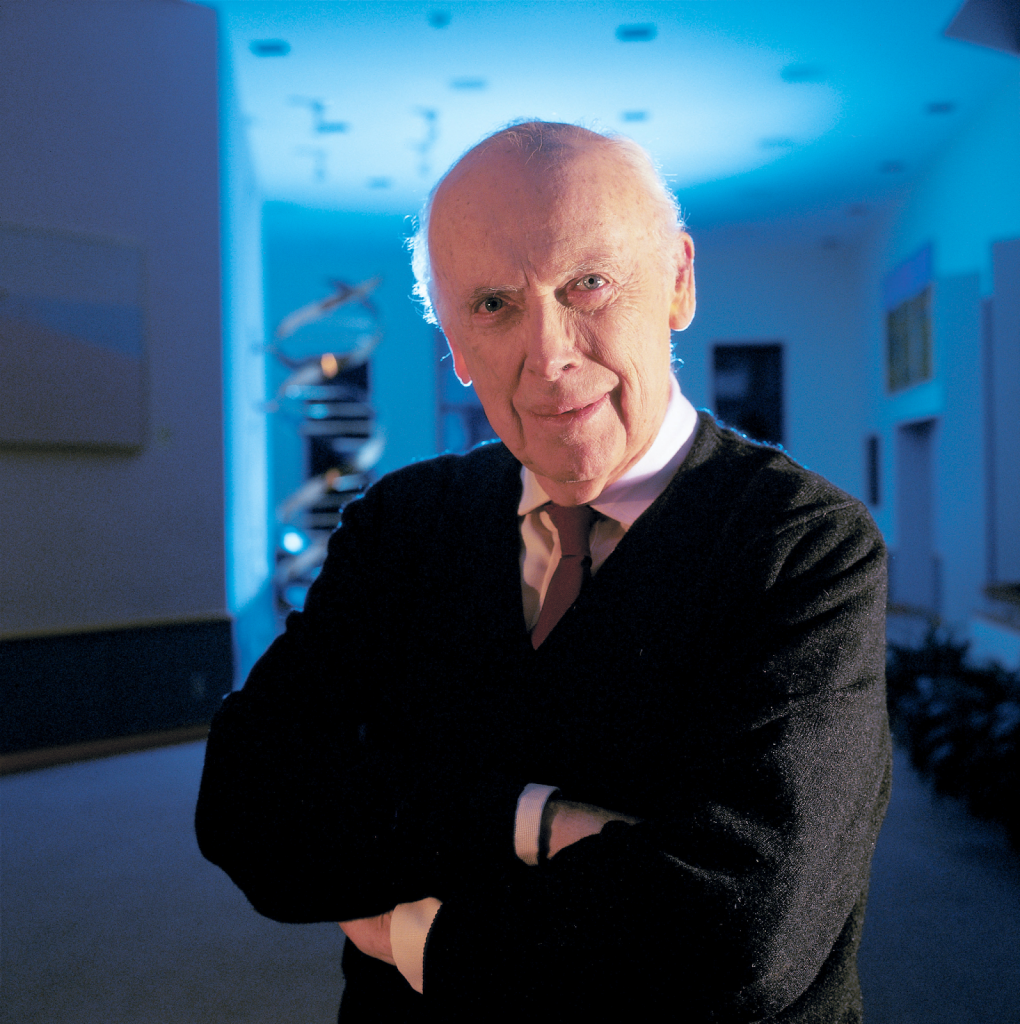
What makes James D. Watson famous?
There have been a lot of famous left-handed scientists in the world, but none are as famous as James Dewey Watson. You might not know the name James Dewey Watson, but if you’re a science nerd, chances are you’ve heard of him.
For starters, he’s been called “the father of DNA research.” He was born in 1928 in Chicago. He went to the University of Chicago for his undergraduate degree in genetics before moving to Indiana to complete his doctorate.
Watson is best known for his work with Francis Crick and Maurice Wilkins on the structure of DNA. In 1953, he proposed that DNA is a double helix that consists of molecules wrapped around each other like a ladder.
This was the first time anyone had suggested such a structure for DNA. This study contributed to our understanding of how genes are passed on from generation to generation.
Watson shared a Nobel Prize with Maurice Wilkins and Francis Crick for their contributions to understanding Nucleic acids.
What’s the best James D. Watson quote?
“Today, the theory of evolution is an accepted fact for everyone but a fundamentalist minority, whose objections are based not on reasoning but on doctrinaire adherence to religious principles.”
[Source: The Nobel Prize]
Final Thoughts
The world would be much better if we knew more about ourselves. Genetics is the puzzle that helps reveal the big picture of who we are.
The more we know about our genetic makeup, the more opportunities there are to find cures for diseases and other ailments.
We study genetics and understand genetic codes. This way, we’ll have an understanding of who we truly are.

